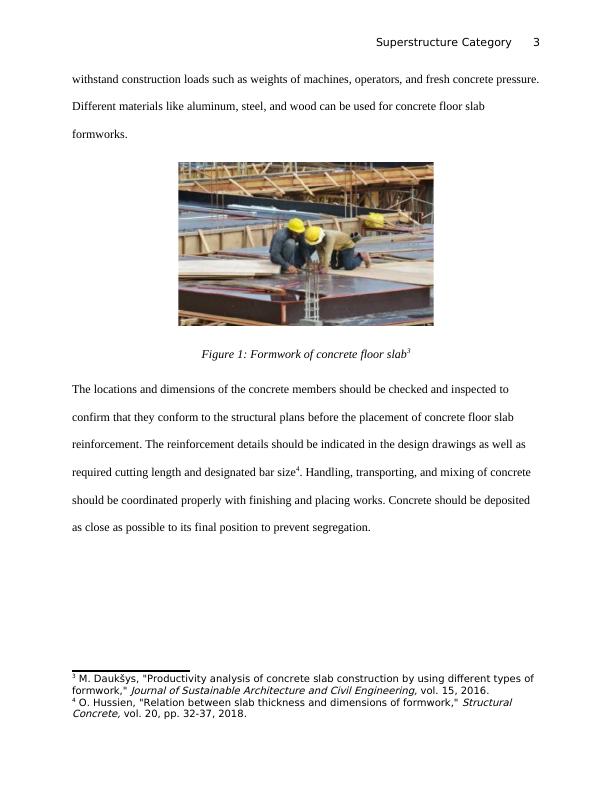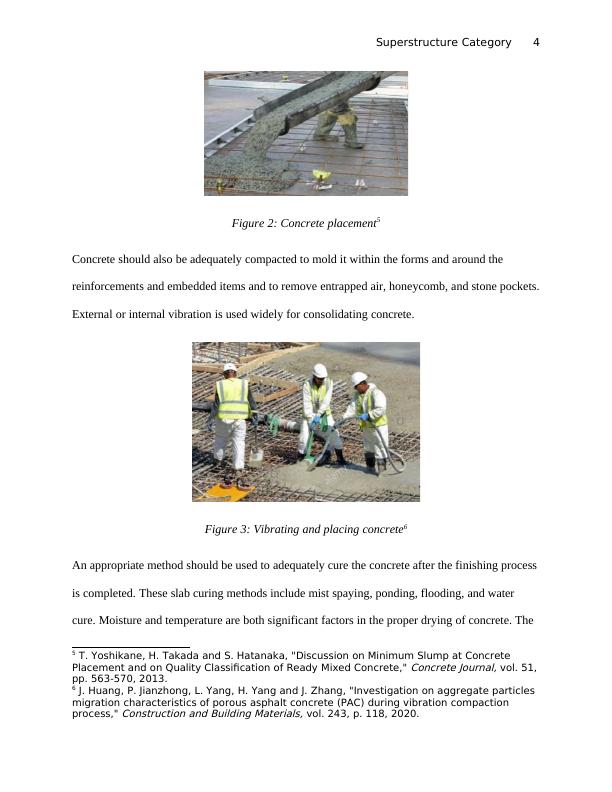Design and Build of Proposed Halls of Residence Project by L&D Contracting Company
The assignment is about developing skills in establishing project requirements for a proposed Halls of Residence and planning and coordinating work, method statements, project logic statements, and sustainable methods.
17 Pages3740 Words18 Views
Added on 2022-08-20
Design and Build of Proposed Halls of Residence Project by L&D Contracting Company
The assignment is about developing skills in establishing project requirements for a proposed Halls of Residence and planning and coordinating work, method statements, project logic statements, and sustainable methods.
Added on 2022-08-20
ShareRelated Documents
End of preview
Want to access all the pages? Upload your documents or become a member.
Apply Structural Principles to Residential Low-Rise Constructions
|21
|3688
|412
Soil and Materials Lab Report on Concrete Mixing Ratio and Strength Testing
|16
|2506
|328
Reinforced Concrete Concrete
|17
|6688
|153
Applying Structural Principles to Residential Low-Rise Constructions
|8
|789
|479
Stiffened Raft Ground Slabs and Suspended Slabs for Residential Low-Rise Constructions
|14
|2525
|109
Civil Engineering | Assignment
|19
|2655
|15




